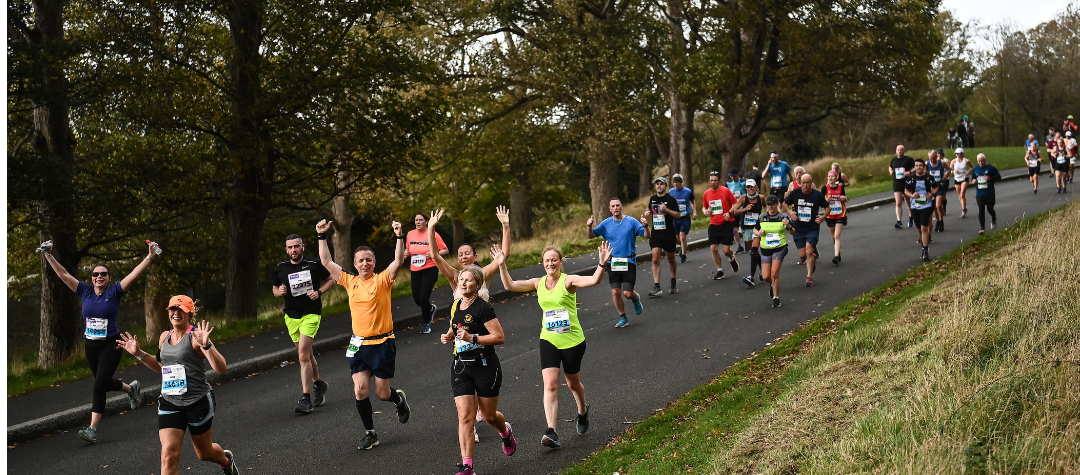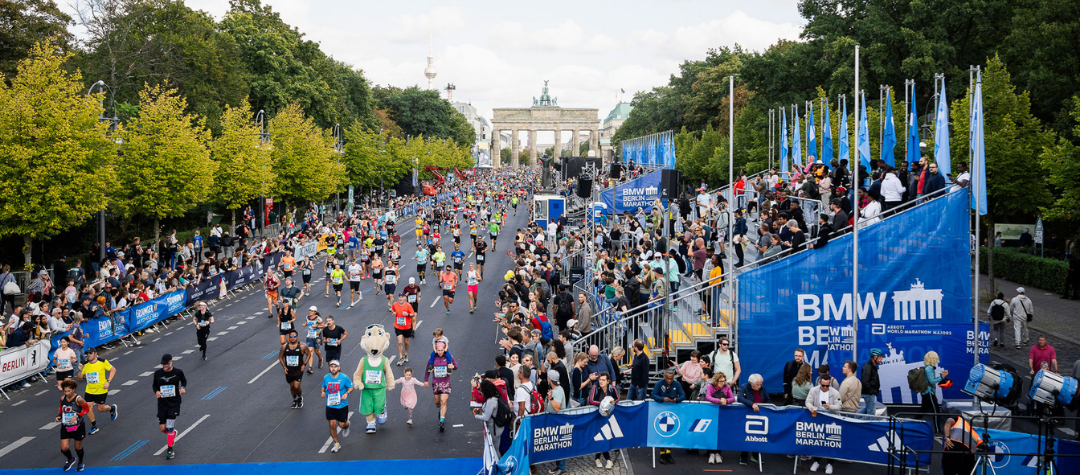The Annapurna Circuit is one of the most famous treks in the Himalayas on which you will see some of the world’s tallest and majestic mountain peaks set in breathtaking scenery.
As well as the stunning mountains, you will also enjoy fascinating encounters with the Nepalese people and their culture.
From the crazy buzz of Kathmandu to the peace of the Buddhist monasteries you visit on the trek, along with the challenge and amazing scenery of the trek itself, the Annapurna Circuit is an unforgettable adventure of a lifetime.
Trekking the Annapurna Circuit
On the average three-week adventure to the Annapurna Circuit you will trek through a diverse variety of landscapes including lush sub-tropical rainforest, majestic valleys and cultivated farmland, to the high rocky alpine deserts. You will visit many villages and meet the fascinating local hill tribes and all of the time you will be surrounded by some of the most amazing mountain scenery in the world. The trek offers spectacular views of the Himalayan giants, including the Annapurnas and Manaslu, as well as the challenging crossing of the Thorong La Pass at 17,769 feet (5,416 metres).
Typical day-to-day itinerary
In order to maximise the enjoyment of your trip to Nepal and trekking the Annapurna Circuit, we recommend a trip duration of at least three weeks. There are many tour guide operators or charities you could choose to travel with and each will offer a different itinerary. The itinerary below is an example only and may vary.
Day 1 – Fly to Kathmandu
Day 2 – Arrive – Kathmandu
Check into your hotel and relax after your long journey before your adventure begins.
Day 3 – Rest day in Kathmandu
Take the day to relax after your long journey and explore the vibrant and colourful sights of Kathmandu. From the manic noise, hustle and bustle of the street market bazaars, to the peace and tranquillity of the Buddhist temples and monasteries. Enjoy some Nepalese cuisine in one of the many restaurants. You’ll need the energy for the adventure ahead.
Day 4 – Kathmandu to Kudi
From Kathmandu your transport will take you from your hotel for the eight-hour drive to the small town of Kudi, following the valley and rivers along the way. After disembarking from the vehicles it’s just a short 20-minute walk to your first nights campsite on the river bank. The adventure has begun.
Day 5 – Kudi to Syenge
Once you have finished breakfast, it's time to set off from the campsite. After crossing a suspension bridge over the river, the trail meanders through farmland before a steep hill brings you to Bahundanda for lunch. After lunch the trail continues easily upwards above the river passing through terraces of farmers fields to reach camp, close to the river again at Syenge.
Day 6 – Syenge to Tal
In the morning you cross the river to the west bank and climb up to the tiny village of Jagat, after which the scenery starts to become increasingly impressive with deep canyons and the spectacular waterfall near Chemche. The days trekking finishes with a steep uphill climb, that is well rewarded when you reach the stunning setting of the lake at Tal to camp overnight.
Day 7 – Tal to Temang
Day seven starts by passing some spectacular waterfalls just outside Tal before passing through a deep river gorge and then enjoying more stunning views of the huge Himalayan valleys. After lunch you might spot some Langur Monkeys in the Rhododendron forest before the terrain becomes more barren as you ascend to camp in the friendly village of Temang.
Day 8 – Temang to Bratang
On day eight you can enjoy some spectacular scenery as you trek beneath the summits of the 7,937 metre (26,040 feet) Annapurna II and 6,981 metre (22,904 feet) Kang Guru. There is a river crossing at Chame before stopping for lunch at Telaku, then on to Bratang, 2,850 metres (9,350 feet) to camp overnight.
Day 9 – Bratang to Braga
Day nine is a long day but well rewarded with some more amazing scenery. From a steep gorge the trail climbs to the pine forest, rising up to the Pangdi Danda to the east and the majestic peaks of Annapurna II, III and IV to the west. Lunch is in the Tibetan village before continuing along the trek to reach overnight lodging in Braga and a spectacular view from 3,460 metres (11,351 feet).
Day 10 – Rest day in Braga
Acclimatisation is vital in a high altitude mountain environment and a day is spent at Braga adjusting your body to the low levels of oxygen before continuing on the trek. Braga is an awesome place to spend your rest day and a visit to the 500 year-old monastery nearby is a must. It is also well worth taking the leisurely hour walk to the Emerald Lake at the foot of the Gangapurna Icefall where you might spot the huge Griffon Vultures.
Day 11 – Braga to Yak Karka
Feeling fitter after your rest day you set off on day 11 through more majestic mountain scenery. There is an initial steep climb out of Manang, passing Stupas and prayer flags along the way before reaching your campsite at 4,000 metres (13,123 feet).
Day 12 – Yak Karka to Thorong Phedi
Day 12 is a day of relatively easy walking following the Jharsang Khola all the way to Thorong Phedi and the large collection of hotels impressively situated at this high altitude. The comfort of a room with electricity and showers come as a welcome surprise to your weary body at the high altitude.
Day 13 – Thorong Phedi to Muktinath
This is a long, but amazing day. A very early start is needed for the crossing of the Thorong La Pass. As daylight breaks the majestic peaks of the Annapurnas loom into view to the south as well as other closer peaks including Shya Gang, Thorongtse and Yakawakang. After four hours of steady walking you reach the Thorong La pass at 5,416 metres (17,769 feet) and it’s time for a tea stop to enjoy the incredible Himalayan scenery. After crossing the pass you descend on snow and then scree to reach your overnight accommodation at Muktinath, which is more than welcome after a tough but exhilarating day's walking of around ten hours.
Day 14 – Muktinath to Marpha
After a brief morning visit to the Buddhist temples near Muktinath the trek then follows a long gradual descent through some spectacular scenery, with the peaks Nilgiri and Dhaulagiri to the south. After reaching the Kaligandaki River the trek then reaches Jomsom where you stop for lunch before descending to Marpha and your campsite at 2,670 metres (8,760 feet) .
Day 15 – Rest day – Marpha
Marpha is a great place to rest for the day. The town is picturesque and also has many shops, a monastery, and several orchards all surrounded by magnificent scenery.
Day 16 – Marpha to Kalopani
After your rest day the trek follows the river and passes through beautiful Thakali villages with ornately decorated houses and wide paved streets. A river crossing brings you to Koketanti for a welcome lunch break to then re-cross the river and follow the stone path through pine woods and fields to Kalopani, stunningly located beneath the Dhaulagiri Icefall.
Day 17 – Kalopani to Tatopani
Day 17 is a welcome day of descent passing through farmers’ fields and orchards, stopping for lunch next to the spectacular waterfall at Rukse Chhahara, before descending into the deepest valley in the world to the town of Tatopani. There are natural hot springs at Tatopani where you can soak your weary feet and relax before enjoying a well earned meal in town.
Day 18 – Tatopani to Ghorepani
The last few days have seen a descent from the Throrong La Pass but today there is a climb of 1,600 metres (5,249 feet) to reach Ghorepani where you camp overnight at 2,874 metres (9,429 feet). You are bound to see some stunning orchids growing in the trees along the way.
Day 19 – Ghorepani to Hille
An early morning start takes you to Poon Hill for dawn to witness the sunrise over the magical scenery of Dhaulagiri, Annapurna South, Machupuchare and many other mountains. After watching the spectacular daybreak there’s an enjoyable breakfast before the long descent down to the Bhurungdi Khola via 3,280 stone steps, passing through beautiful Rhododenron woods to your campsite at Hille.
Day 20 – Hille to Nayapul
Day 20 is your last day of walking and descends to Biritanti for a river crossing and a short trek to Nayapul. Transport waits to take you to a very welcome hotel, hot shower and bed at Pokhara.
Day 21 – Fly from Pokhara to Kathmandu
Day 22 – Rest day in Kathmandu
Enjoy a whole day relaxing and exploring the amazing city of Kathmandu and celebrate your epic adventure in one of the many fantastic eateries.
Day 23 – Fly from Kathmandu to home
How to get to Kathmandu
An adventurous and budget way to walk or trek the Annapurna Circuit is to simply book a flight to Kathmandu and then find some guides and Sherpas to take you. We recommend booking your expedition via a reputable home based Himalayan tour operator.
Using a reputable home based tour operator has many benefits, including:
- Well-planned itineraries with ideal acclimatisation to the low oxygen levels at high altitudes as well as good en-route accommodation, food and sightseeing opportunities.
- Sleeping overnight in hotels, lodges and campsites with dinner and breakfast provided.
- Well-trained and knowledgeable guides.
- An office including staff with first-hand knowledge of the walk.
When booking your walk always make sure you know what is and what is NOT included in the price for example visa fees, airport taxes and travel insurance.
Accommodation on the Annapurna Circuit
Your Himalayan trek should include:
- Return flights to Kathmandu
- All departure taxes
- All transport costs
- All accommodation
- All meals
- English-speaking doctor
- Local English speaking trek leader and full support crew
- Luggage transfers
- All group camping equipment and basic medical kits
Who can trek the Annapurna Circuit?
The Annapurna Circuit Trek is suitable for regular walkers who are able to walk for seven to eight hours in a day, with a light rucksack. Some of the days are quite long, and the walking can feel strenuous due to the low levels of oxygen at high altitudes.
This trek can be challenging and has an overall grading of reasonably strenuous activity but anyone who is reasonably fit and is looking for a challenge can trek the Annapurna Circuit.
Regardless of your level of fitness, it is always good advice to have a full medical check-up before deciding whether or not to trek the Annapurna Circuit. Also when you are planning your trip ensure you have had at least one rest day after flying to Kathmandu to recover from any jet lag or travel fatigue.
Medical information
Always consult your doctor for a list of all the medical requirements for a trip to Nepal and trekking the Annapurna Circuit.
The table below lists the vaccinations you may require as well and the time you should see your doctor before travelling in order to get your vaccinations:
| Disease | Recommendation | When to see your doctor |
| Typhoid | Vaccination recommended | 10 days before travel |
| Hepatitis A | Vaccination recommended | 2 weeks before travel |
| Diphtheria | Vaccination recommended | 3 months before travel |
| Yellow Fever | Certificate of vaccination may be required | 10 days before travel |
| Tuberculosis | Vaccination sometimes recommended | 3 months before travel |
| Hepatitis B | Vaccination sometimes recommended | 2 months before travel |
| Rabies | Vaccination sometimes recommended | 1 month before travel |
| Meningococcal meningitis | Vaccination sometimes recommended | 1 week before travel |
| Japanese B encephalitis | Vaccination sometimes recommended | 1 month before travel |
You should also ensure that your tetanus and polio vaccinations are up-to-date.
Malaria
Take anti-malarial tablets before travelling and once in Nepal and where possible, take measures to avoid mosquito bites by using appropriate nets and creams.
Charity treks
If you think trekking the Himalayas sounds appealing to you, then why not take on the adventure for charity? You will get to enjoy the experience of a lifetime, taking in some breathtaking scenery, all while raising money for a worthy cause, what’s not to love!
Feeling inspired? Why not view our list of Partner Charities and pick a great cause to support.
















